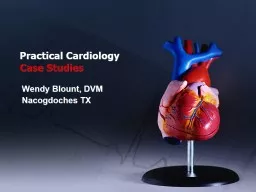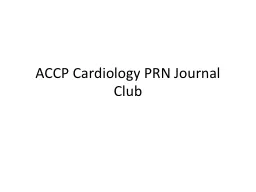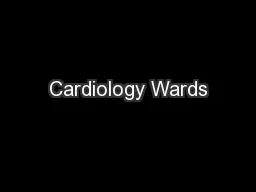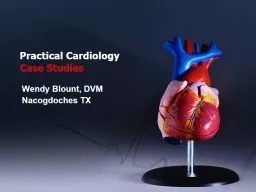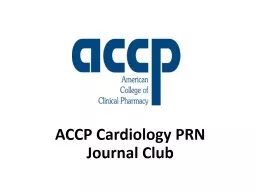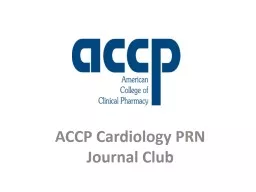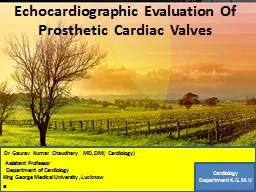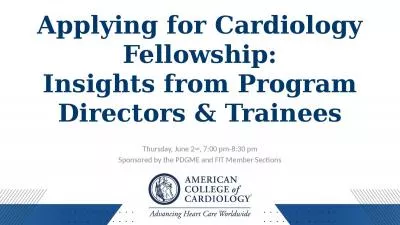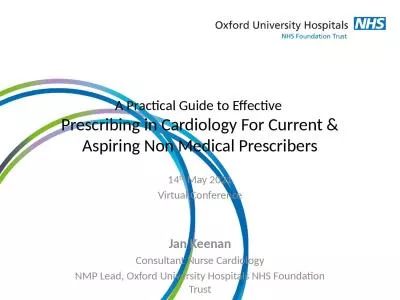PPT-Practical Cardiology Case Studies
Author : yoshiko-marsland | Published Date : 2018-02-27
Wendy Blount DVM Nacogdoches TX Warner Signalment 10 year old neutered male tabby cat the grumpy kind Chief Complaint Came to see referring vet because dropping
Presentation Embed Code
Download Presentation
Download Presentation The PPT/PDF document "Practical Cardiology Case Studies" is the property of its rightful owner. Permission is granted to download and print the materials on this website for personal, non-commercial use only, and to display it on your personal computer provided you do not modify the materials and that you retain all copyright notices contained in the materials. By downloading content from our website, you accept the terms of this agreement.
Practical Cardiology Case Studies: Transcript
Download Rules Of Document
"Practical Cardiology Case Studies"The content belongs to its owner. You may download and print it for personal use, without modification, and keep all copyright notices. By downloading, you agree to these terms.
Related Documents

